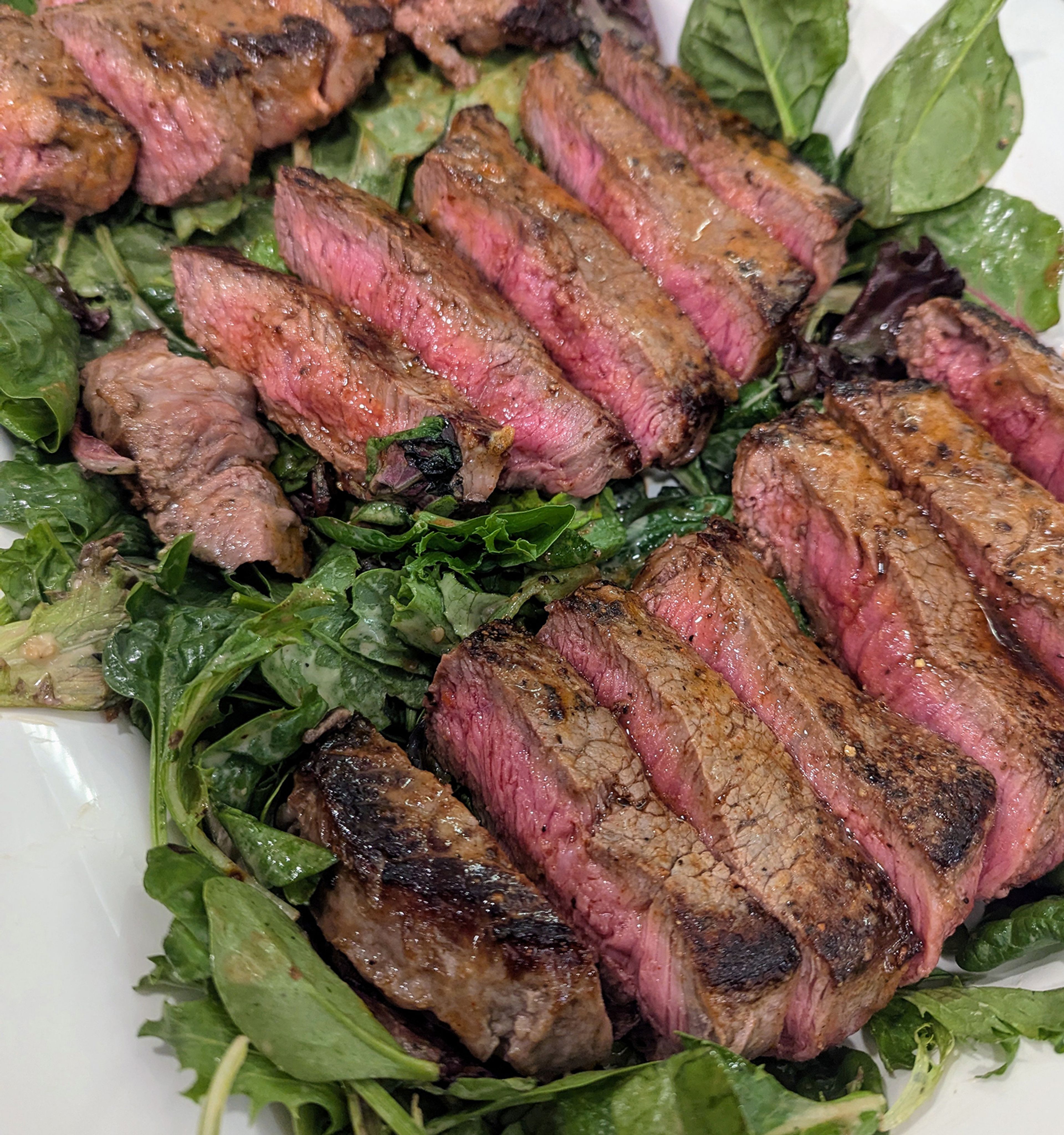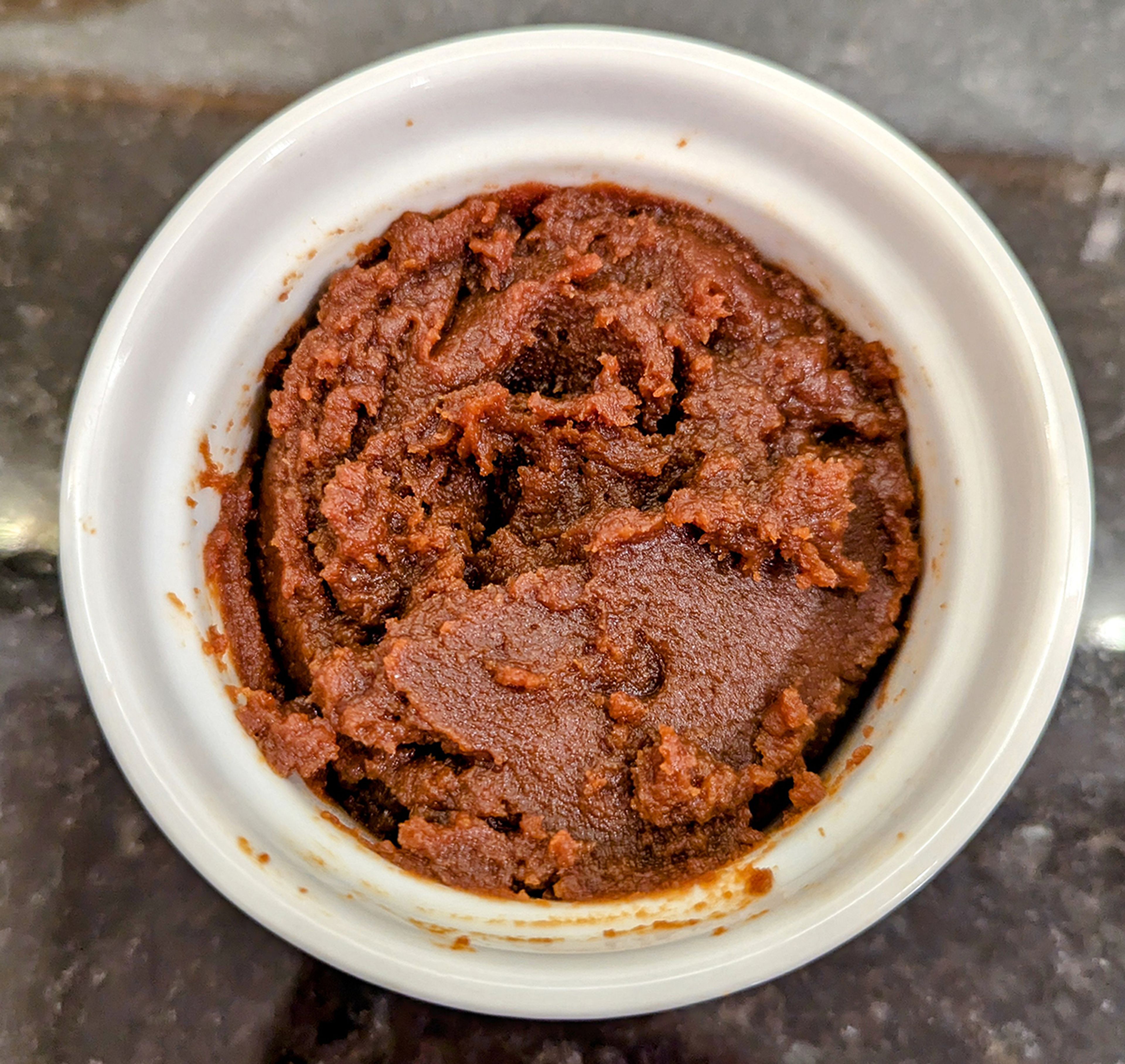“Fee-fie-fo-fum, I smell the blood of an Englishman.” If you’re as old as I am and grew up on fairy tales not superheroes, you recognize that line immediately. It’s from the tale of Jack and the Beanstalk.
You know the plot. To make ends meet, Jack’s mother sends him out to sell the family cow, but he returns having sold it for merely three “magic” beans. He plants one of them and overnight it produces a huge beanstalk, which Jack climbs only to find a giant’s castle and considerable danger.
The story ends happily, but I’ve always wondered what that bean was. Some botanists speculate that it might have been bamboo, because it grows so fast, or the so-called Mile a Minute Vine, which grows three times faster. The story is fictional, so there is no right answer, but if I had to suggest a bean that is truly miraculous, it would be the soybean.
The United States currently produces nearly five billion tons of soybeans annually, but if you wanted to know what production was like only a century ago, you’d be hard pressed to come up with an answer. Nobody was counting then because soybeans were an insignificant crop.
Things have changed. Today they are our biggest cash crop because Americans have discovered the virtues of soybeans, what food historian Matthew Roth rightly calls the magic bean. And this is particularly true when soybeans are used to make miso (pronounced mee-so, from two Japanese characters meaning flavor and boisterous).
Miso is fermented soybean paste, a seasoning for which there is no parallel in Western cuisine. Introduced in this country only as recently as the 1960s, it has become popular here because cooks appreciate its vast versatility. Its uses are as broad as a cook’s imagination. No wonder that on the internet there are well over half a million distinct recipes calling for miso.
Miso is a fixture of Japanese cuisine. Thus, nearly three quarters of the Japanese population has miso soup daily, most of them starting their day with it. But like so many things perfected by the Japanese–think automobiles, electronics, and toilets–miso originated somewhere else. It was invented in China (there’s a reference to a direct predecessor in the Analects of Confucius) or possibly Korea, some 2500 years ago and was introduced to Japan in the 7th century by Buddhist priests.
There are as many as 1,000 types of miso, but here in this country, the most widely available are white and red, for all intents and purposes all you need. The white is sweeter and the red saltier.
Either type, when added to a recipe, can enrich a soup, enliven vegetables (including mashed potatoes), burnish an average tomato, brighten a salad dressing, showcase meat and fish, transform a roast turkey when used as a rub, and in general boost the depth of flavor of almost any food, including, especially, chocolate.
Such an ingredient can’t help but make miso happy!
Pan Seared Steak with Miso Butter
Adapted from one of any number of brilliant recipes at Christopher Kimball’s Milk Street, this one uses a compound butter featuring miso to add bold flavor. It’s luscious and easy to make.
• 2 tablespoons butter
• 1 tablespoon white or red miso
• 3/4 teaspoon dry mustard
• 1/2 teaspoon smoked paprika
• 1/4 cup plus ½ teaspoon seasoned rice vinegar, divided
• 2 strip steaks (1 pound each), 1 inch thick
• 1 tablespoon neutral oil
• 2 tablespoons soy sauce
• 1 tablespoon toasted sesame seeds
• 4 cups arugula leaves
• 3 green onions, thinly sliced
• Salt and pepper
Combine butter, miso, mustard, paprika, and ½ teaspoon rice vinegar. Season steaks with salt and pepper on both sides. Heat oil in a skillet over medium high until just smoking and add steaks. Immediately reduce heat to medium and cook steaks 5-7 minutes per side until browned and center reaches 120 degrees for medium rare. Transfer to a plate, dot with the miso mixture, tent with foil, and let stand 10 minutes. Combine remaining ¼ cup vinegar, soy sauce, and sesame seeds and toss with arugula and green onions and put on a platter. Slice steaks, cutting against the grain, and arrange on salad, drizzling with accumulated juices.
Tom Harte’s book, “Stirring Words,” is available at local bookstores. A Harte Appetite airs Tuesdays at 7:42 a.m. and 5:18 pm on KRCU, 90.9 FM. Contact Tom at semissourian.com or at the Southeast Missourian, P.O. Box 699, Cape Girardeau, Mo., 63702-0699.
Connect with the Southeast Missourian Newsroom:
For corrections to this story or other insights for the editor, click here. To submit a letter to the editor, click here. To learn about the Southeast Missourian’s AI Policy, click here.
















